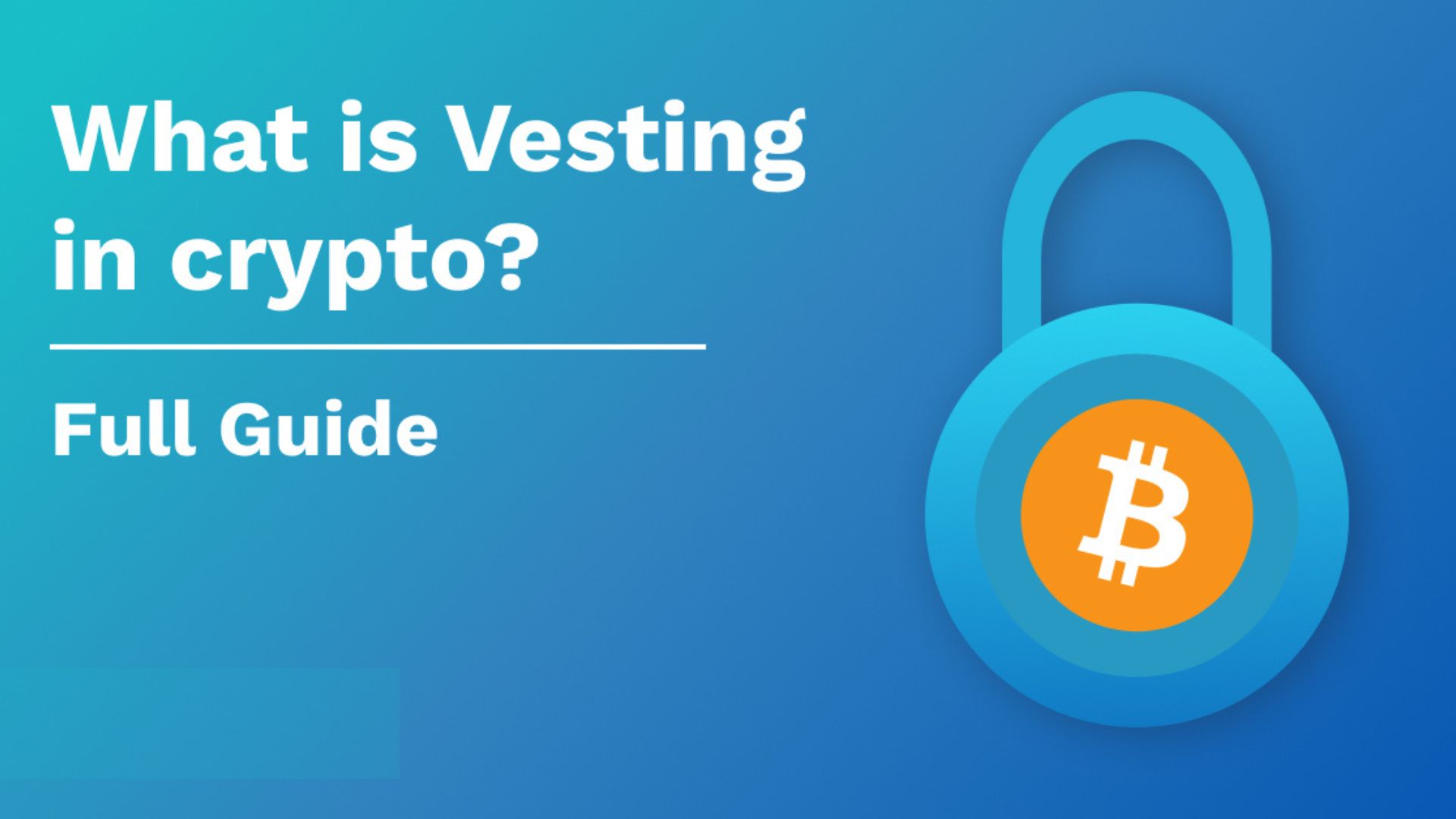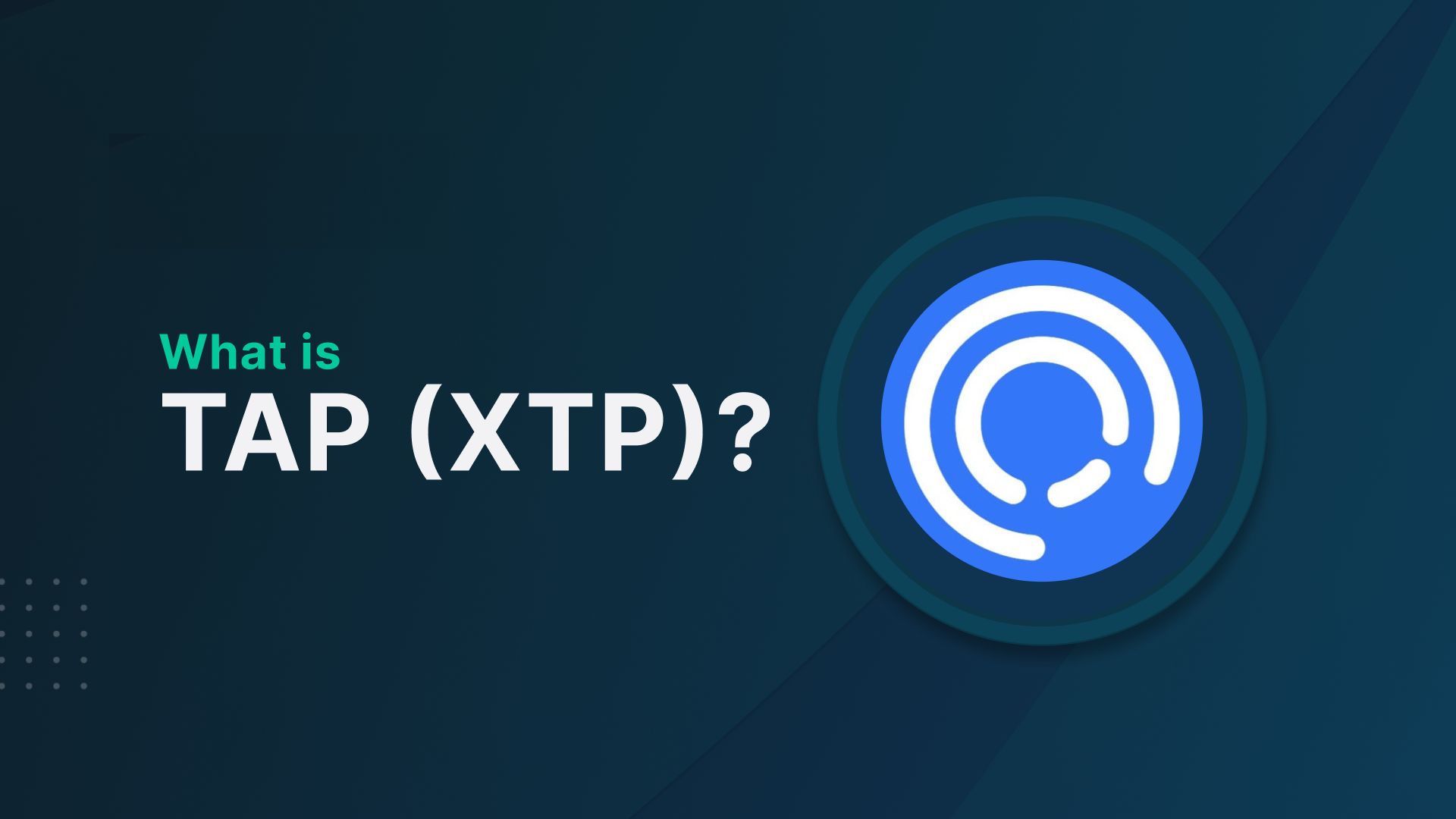Vesting in Crypto: A Comprehensive Guide 2024

Vesting in Crypto: A Comprehensive Guide 2024. Crypto vesting refers to temporarily limiting token holders’ ability to use or transfer their cryptocurrency holdings before releasing them entirely. It finds widespread application in token sales, initial coin offers (ICOs), and other cryptocurrency fundraising endeavors. Crypto vesting is an effort to discourage short-term gains at the expense of long-term commitment and prevents team members or early investors from cashing out too quickly. Token holders are granted access to their tokens over some time, typically at prearranged intervals, known as a vesting period.
To make sure the rules are clear and applied automatically, smart contracts on the blockchain are typically utilized to implement vesting. This technique demonstrates the dedication of key players to the project’s long-term success, which helps establish trust among the community and investors.
After the vesting period ends, tokens can usually be unlocked in several ways. Here, tokens that were locked for a set period are unlocked. This unlocking generally occurs in stages or increments, gradually allowing token holders to gain access to their assets over time. Achieving performance indicators, reaching milestones, or following a time-based timetable are all possible release criteria.
Types of Vesting in Crypto

There are various vesting methods in the cryptocurrency industry, including time-based, milestone-based, hybrid, and reverse vesting.
Time-based vesting
In a time-based vesting system, tokens are issued to holders in increments over a predetermined period. One example is Ethereum’s time-based vesting scheme for its initial investors. For ERC-20 tokens, like those given out to founders in a crowd sale, several publicly available smart contracts allow for their slow vesting. However, “raw” Ether (ETH), which is different from wrapped Ether, does not have a comparable way to vest.
In common parlance, “raw Ether” is the original coin on the Ethereum network that has not been altered. It is not tokenized or wrapped like Ethereum on the Ethereum network or ERC-20 tokens on other networks, which are representations of Ethereum on different blockchains. In addition to requiring unique vesting methods that aren’t as widely available as those for tokenized assets, the original Ethereum doesn’t work with some token-specific features or smart contracts.
Milestone-based vesting
Token distribution is conditional upon achieving specific project goals or benchmarks via milestone-based vesting. Some blockchain projects are considering A vesting system tied to team member and partner milestones. For instance, a portion of the token supply could be doled out when a specific feature is fully operational, a protocol upgrade is finished, or a significant project milestone is reached.
Hybrid vesting
When you combine time-based and milestone-based vesting, you get hybrid vesting. Token distribution in blockchain initiatives typically makes use of a hybrid vesting approach. Part of the tokens given to the team and early backers will unlock over time according to a vesting mechanism. At the same time, the completion of specific project milestones is dependent on another component. Harmony with project goals and recognition of long-term commitment and success milestones are achieved through this dual method.
Reverse vesting
In “reverse vesting,” the recipient may lose ownership of tokens they originally received if certain conditions aren’t met. This is the inverse of the usual vesting process. Filecoin implemented reverse vesting for its Simple Agreement for Future Tokens (SAFT) holders.
In order to encourage long-term network alignment, mining incentives are provided following a schedule: To facilitate the flow of funds for miners, 25% of block rewards are dispersed instantly, while 75% vest gradually over 180 days. There will be a six-year distribution of Filecoin (FIL) tokens to the Protocol Labs teams and the Filecoin Foundation and a three-year distribution to SAFT investors.
Crypto Vesting vs. Traditional Financial Vesting Models
Traditional financial vesting uses centralized administration to accomplish the same aims inside the conventional business structure, whereas crypto vesting uses blockchain technology for automation and transparency. Although cryptocurrency vesting methods are comparable to more traditional financial vesting models, the characteristics of blockchain-based assets make them stand out. Smart contracts built on the blockchain enable the automated and transparent implementation of vesting rules in the cryptocurrency sector.
The fundamental idea behind crypto vesting is to make sure that everyone involved in a project, from investors to advisors to team members, has a stake in the project’s success and growth in the long run. Stock options and restricted stock units (RSUs) are examples of equity-based compensation arrangements that are commonly linked to vesting in traditional finance. Crypto vesting, on the other hand, often employs smart contracts on decentralized platforms, as opposed to the traditional, centralized mechanisms used by businesses and banks to govern vesting.
In conventional finance, there is often a waiting period before employees or executives completely own the shares they have been granted. This is known as time-based vesting. This encourages loyalty and retention by linking a percentage of an employee’s salary to their length of service. While performance-based stock plans that release shares solely upon achievement of predetermined company goals are less common in conventional finance, milestone-based vesting is not unheard of.
How Does Vesting Affect Token Supply?
Token vesting controls the dilution of token supply and market dynamics by releasing them into circulation in stages. Token vesting affects the quantity of circulating tokens since it contains the market supply over time. Typically, tokens tied to the vesting process need some time to enter circulation or be traded.
Thus, these tokens are not considered part of the supply until they are completely vested. The reduction in the circulating supply throughout the vesting period impacts market capitalization and available liquidity. Tokens are added to the supply as they unlock or vest according to predetermined schedules or conditions. The supply-and-demand balance in the ecosystem, investor mood, and market dynamics can all be affected by this.
Benefits of Crypto Vesting

Smart contracts enable crypto vesting, which boosts investor trust by securely aligning stakeholder interests with the performance of a project over the long term in an open, flexible, and transparent manner. In the realm of blockchain technology, crypto vesting has numerous advantages. Smart contracts in decentralized networks fine and automate vesting procedures, boosting token holders’ confidence.
Time- or milestone-based vesting systems provide investors, teams, and advisers a long-term stake in project success. Crypto vesting lets projects customize systems, fostering responsibility and commitment. Moreover, blockchain technology increases the process’s security by eliminating the possibility of centralized manipulation and tampering. Crypto vesting is necessary for long-term project development, speculative activity reduction, and investor confidence.
Risks Associated with Crypto Vesting
Crypto vesting has obstacles such as balance incentives, regulatory uncertainty, smart contract weaknesses, liquidity issues, and a lack of standardization. While crypto vesting provides much-needed incentives, it is not without its challenges and dangers. Vesting contracts may be affected by legal uncertainty regarding regulating the Bitcoin ecosystem.
Code errors and smart contract vulnerabilities could lead to unforeseen consequences or security breaches, jeopardizing token holdings. Once vested tokens are released, they pose a liquidity risk that might lead to sudden market fluctuations or sell-offs. Additionally, investors could get confused if different projects have different vesting procedures. However, Finding the sweet spot between rewarding hard work and guaranteeing a project’s success is always challenging. Taken together, issues pertaining to law, technology, and the market must be carefully considered to navigate the intricate crypto vesting process.





